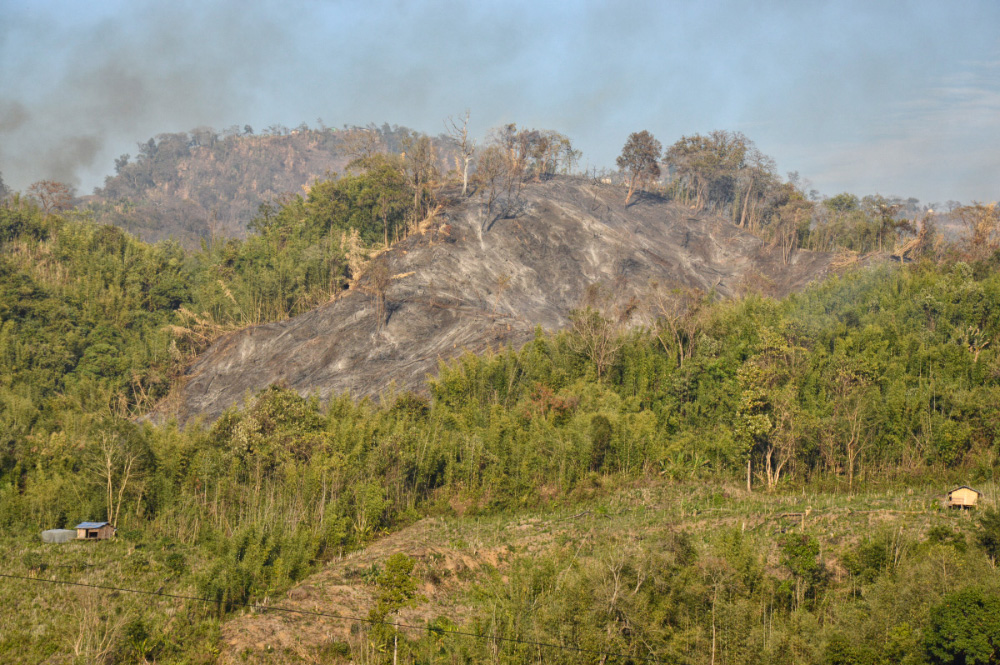In 2018, Howlett’s Wild Animal Park designated the 4th of August as the International Clouded Leopard Day with the aim to enhance our knowledge and spread awareness about this mysterious cat. As of now, much of what we know about clouded leopards comes from observations of individuals in captivity. Information pertaining to their distributions in the wild, demographic parameters, diet, possible threats, and knowledge of other biological and ecological aspects necessary for their long-term survival in the wild remains largely unknown.
The clouded leopard is considered an evolutionary link between the large cats belonging to the Subfamily Pantherinae and the small cats. While many felids can climb trees, the clouded leopard is uniquely adapted to do so with ease, equipped with broad paws, flexible specialized ankles, and a long thick tail for balance. Hence, it is no surprise that arboreal species like tree-dwelling primates feature in the clouded leopard’s diet. All images © Sandesh Kadur. Article continues below the images.
In India, the clouded leopard is found across forested parts of northeast India and the narrow contiguous forests extending into parts of West Bengal and Bihar. Being elusive, it sometimes shows up on camera traps placed in some parts of this region (usually for tigers or other such high-profile species), or when it trips a snare placed by local communities with the intention of catching anything passing-by, or when its body parts are seen in a local market or in an indigenous home. Putting such pieces of the puzzle together for almost a decade now, through accidental and/or targeted search for clouded leopards, I now have a fair idea that the species is still found in most forested parts of northeast India, albeit at abysmally low encounter rates.
That forests are one of the most critical components for the survival of the clouded leopard is no longer unknown. Multiple studies using the latest advances in technology and statistical methodologies have indicated a positive correlation between forest cover and clouded leopard occurrence. Similarly, a reduced prey base due to hunting or direct persecution for body parts is a major threat to these cats. A study in 2015 identified clouded leopard derivatives as the most traded items in their survey sites, surpassing parts from all other cats including the tiger. The same study also identified trade in live clouded leopards for the pet market and captive breeding as a major threat to the species- suggestive of how the “gentle and playful” qualities of this cat, combined with their cuteness quotients have come to hurt them, confining many of them to a life of captivity, far removed from their forested homes.





 CI is a non-profit, non-commercial portal that aims to facilitate wildlife and nature conservation by providing reliable information and the tools needed to campaign effectively.
CI is a non-profit, non-commercial portal that aims to facilitate wildlife and nature conservation by providing reliable information and the tools needed to campaign effectively.



Chosen as 'Picture of the Week'
Very little is known about the ecology of clouded leopards. A study in 2015 identified clouded leopard derivatives as the most traded items in illegal markets, surpassing parts from all other cats including the tiger.